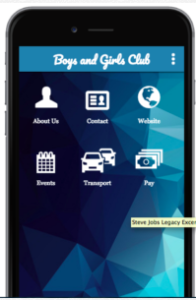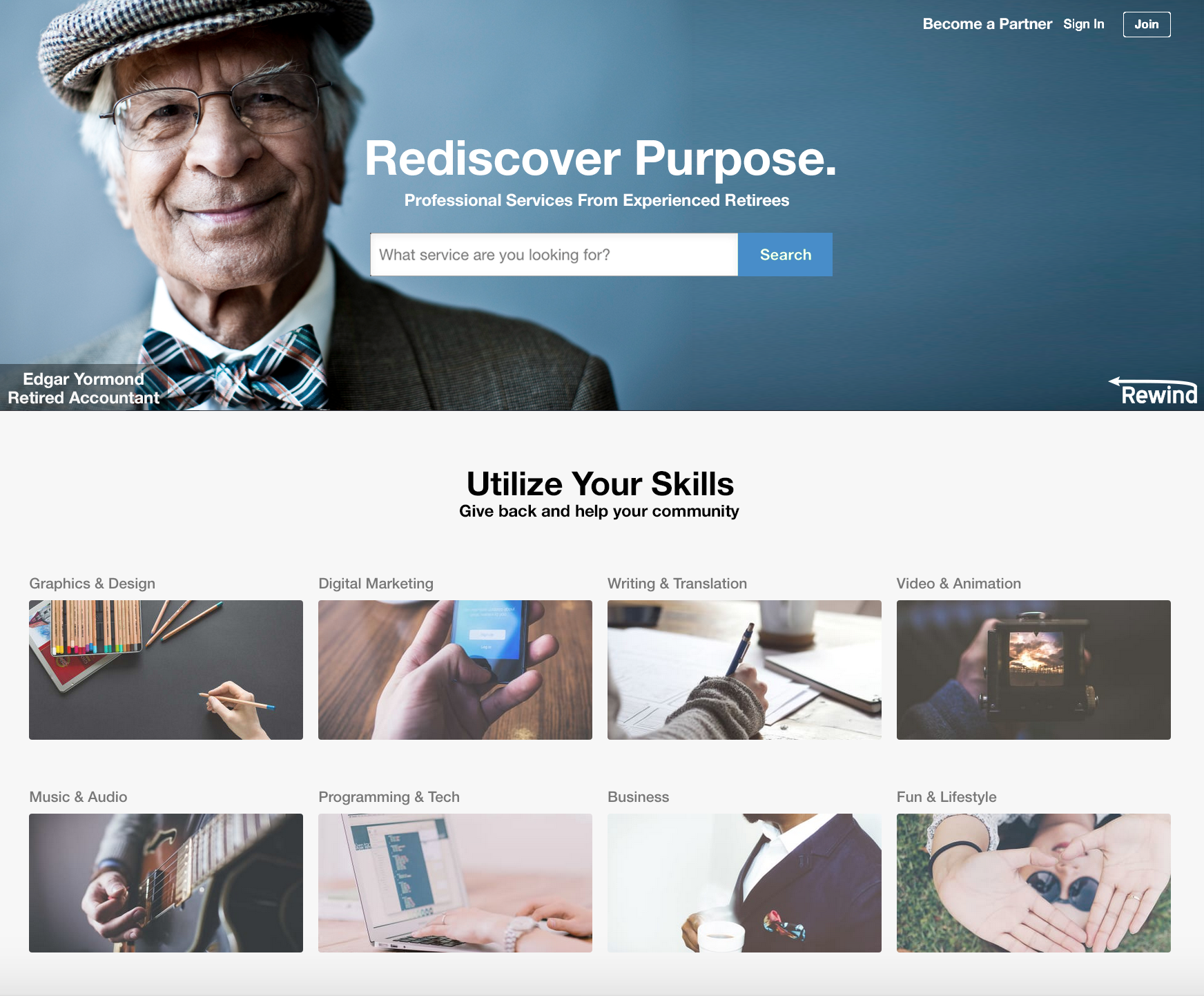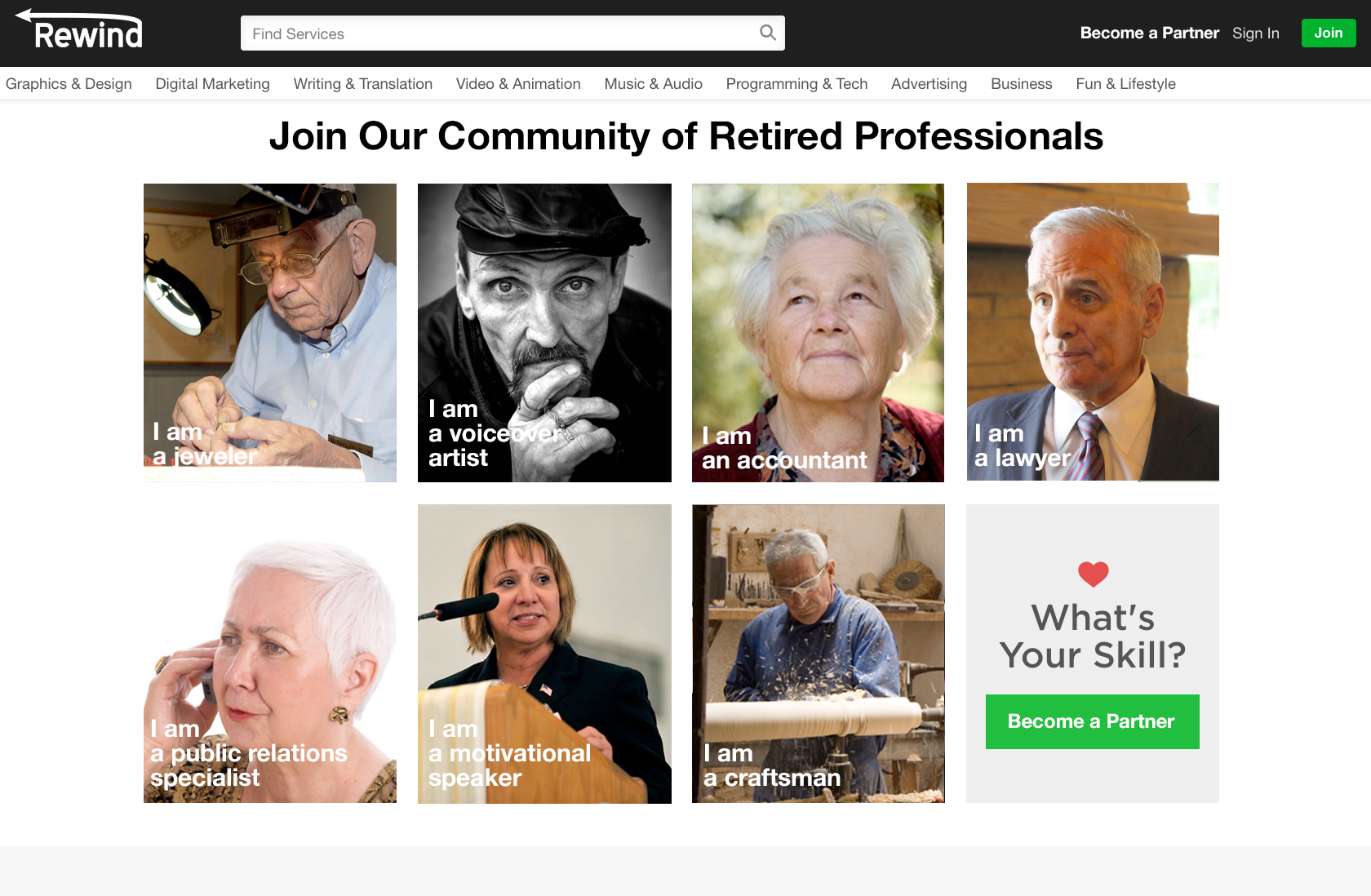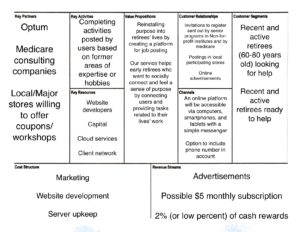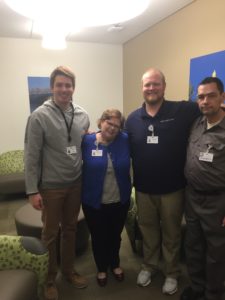Individual Interview 1:
Anna, 14, St. Adam’s ‘Teen’
I asked Anna several questions regarding the Boys and Girls Club, and her knowledge of it. What we gathered from this interview is that she had no idea there was such a club and responded to my question of ‘so what do you think of the Boys and Girls Club’ with the answer “What’s that?”. This was interesting and provided us with a completely new insight which we hadn’t even considered – how many people know about it, as opposed to assuming everyone had heard of it in some capacity. More surprisingly is Anna is a South Bend native, her father drives past the club everyday and she has lived in South Bend her entire life – yet the club had never been brought to her attention.
Individual Interview 2:
Sam, 16, High school student and local cafe worker
Sam’s interview was insightful as it too provided a new, unthought of insight. He had a problem with the identification of the club, and the brand / views associated with it: “Boys and Girls Club sounds so young, like its for little kids or something.”. He identified that he wouldn’t attend the club because it sounded too like something for younger children, and wasn’t relevant to him or his friends. He said he expected little kids running around, not a place that him and his friends could ‘chill’ or ‘hang’. This was an unfortunate perspective because the club has really great facilities, especially the high quality indoor basketball court. When we made him aware of this he was surprised.
Expert Interview:
Camille, Club program leader
Our meeting with Camille highlighted the key problems she had witnessed from a staff members point of view. The two main areas that needed to be addressed were transportation and attendance. She stated that their isn’t a sufficient means of getting children from school to the club, ‘we used to have a bus that did an after school run to collect the kids, but we no longer have the bus. Now I just pick up what kids i can (usually 2-3 along with her children) and bring them here.”
We expect that there is correlation between these two problems – insufficient transport services to the club has caused such a drop in attendance. We believe focusing on transportation will in turn help the attendance issue – at least significantly.
Immersion: Spend sometime at the club and immerse in the culture and activities.
To do this we visited the club from 5pm onwards and engaged in watching them play basketball, do their hw, and socialise with their friends. This offered insight into the types of activities that occurred at the club and what kids spent most of their time on.
Interactive: Pictures and Collage
Whilst at the club, although we are unable to take pictures of the users, we were able to take pictures of the facilities and activities. From this we used them to create a college to come up with ideas on how to attract new users to build attendance.
We recognised some aspects captured really well and were the selling points of the club. The basketball court was one and the new Mac desktops were another. Both are great, new resources that are not offered at many other clubs, or homes.
